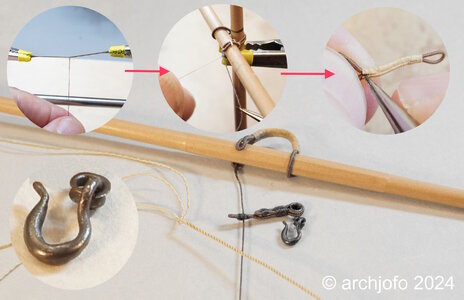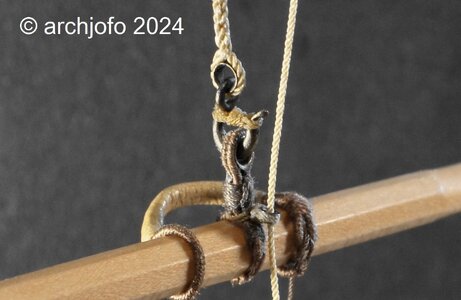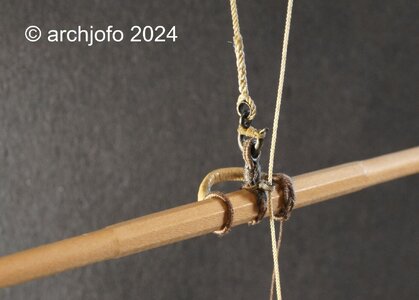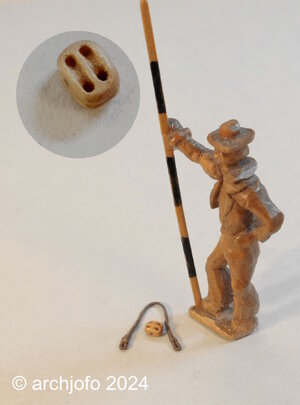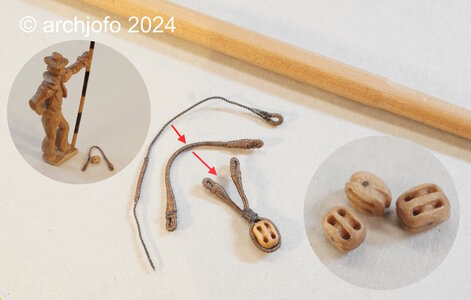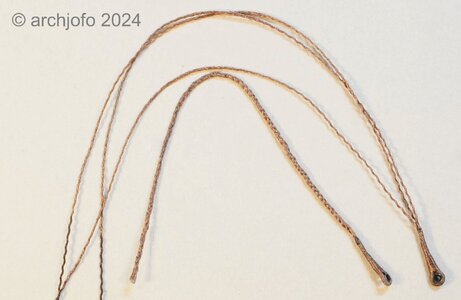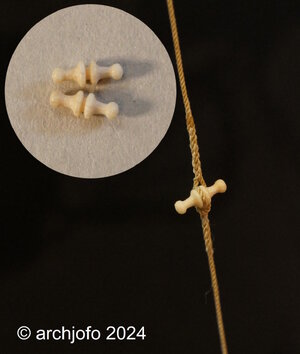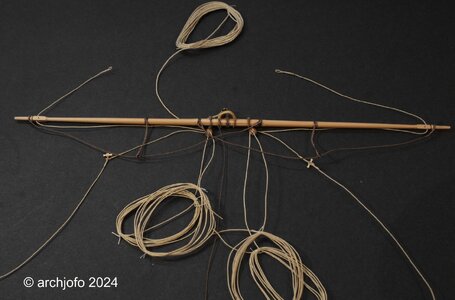- Joined
- Aug 8, 2019
- Messages
- 5,524
- Points
- 738

That's the correct one. It is also for free download. here is the LINKGood morning Johann quick question about the above book title, is this the right book?
View attachment 423566
 |
As a way to introduce our brass coins to the community, we will raffle off a free coin during the month of August. Follow link ABOVE for instructions for entering. |
 |
 |
The beloved Ships in Scale Magazine is back and charting a new course for 2026! Discover new skills, new techniques, and new inspirations in every issue. NOTE THAT OUR FIRST ISSUE WILL BE JAN/FEB 2026 |
 |

That's the correct one. It is also for free download. here is the LINKGood morning Johann quick question about the above book title, is this the right book?
View attachment 423566
Hi Stephan, thank you for the link. I think I will buy it as a book, I love books.That's the correct one. It is also for free download. here is the LINK
Take a look into the review:Good morning Johann quick question about the above book title, is this the right book?
View attachment 423566


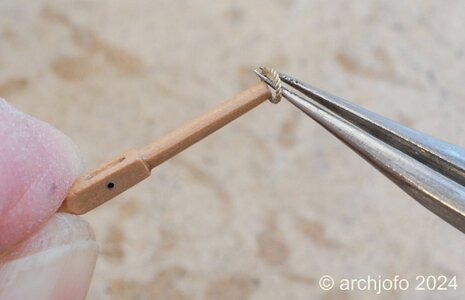
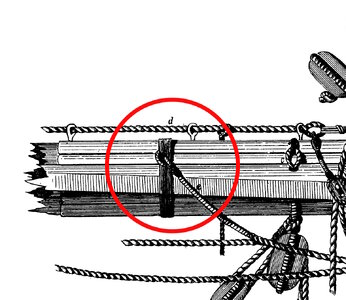
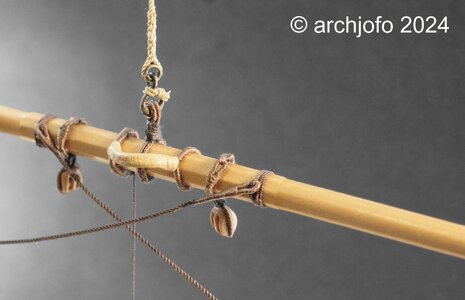
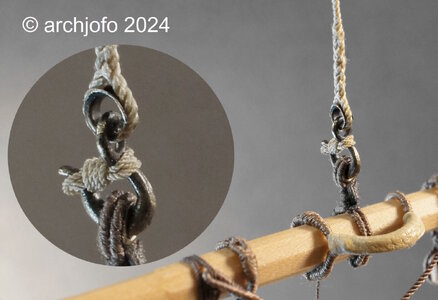
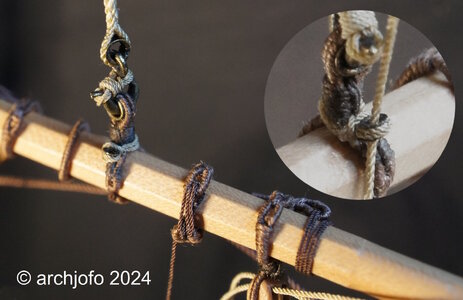
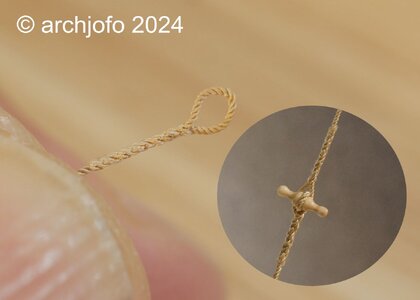
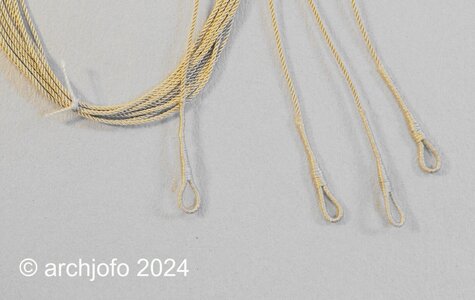
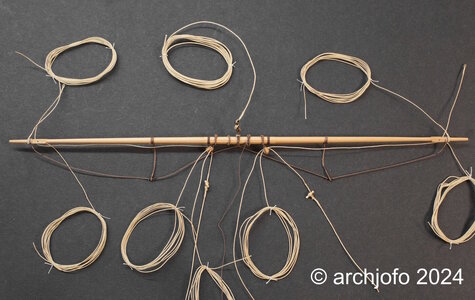
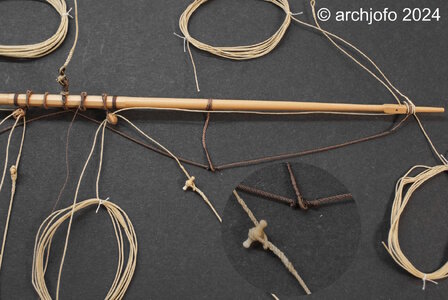
As before, outstanding rope work, Johann.Continuation: Equipping the main topgallant yard - Vergue de grand perroquet
Once I had clarified the details for the footropes with the stirrups, it was time for the implementation. Thanks to the corresponding preliminary work on a test piece, the stirrups were attached to the yard quickly and without any problems.
Before the eye splices of the footropes could be pulled over the yardarms, the prepared grommets were first put on as chafe protection.
View attachment 424130
When attaching the footropes in the center of the yard, I used the following example as a guide.
View attachment 424140
Source: Freiherr v. Sterneck, "Takelung und Ankerkunde", 1873
This is what the realization for the model looks like:
View attachment 424133
I have now also made the mousing to secure the hook for the tye:
View attachment 424144
The simple buntlines were guided in thimbles at the topgallant yards of the French corvette. These buntlines branched out in the lower area onto two ropes, which were attached to the leeches of the sail. I therefore attached a thimble directly to the tye, as seen on the original Parisian model.
View attachment 424141
The clewlines for the topgallant sails were normally connected to the clews by means of toggles. Without sails, the clewlines are connected directly to the topgallant sheets.
View attachment 424135
The single-guided lifts, the braces attached directly with eye splices and the aforementioned sheets complete the equipment of the main topgallant yard. These ropes have a diameter of ø 0.25 mm and served eye splices for laying on the yardarms.
View attachment 424143
The last two pictures give an overview of the main topgallant yard with all equipment elements and ropes.
View attachment 424138
View attachment 424139
I will continue with the fore topgallant yard.
More about that soon ...


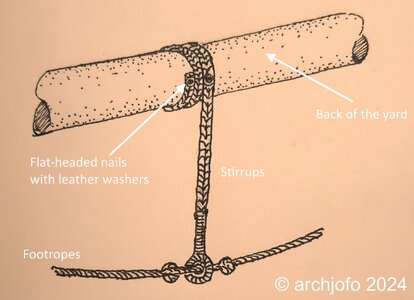


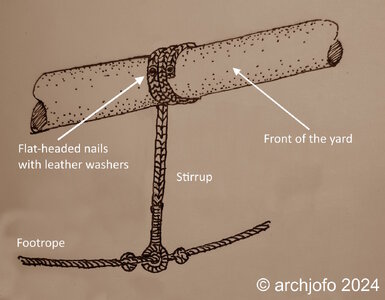

Always good to learn somethi g, this was something I didn't know, thanks for the lessen and where to find. I should buy the book of Marquardt. 18th and 19th century is for me still a part to learn more about. I wish I could help you with these nails.@Steef66
Hello dear Stephan,
I'm sorry, but I don't want to lecture here, I just want to provide information.
It is a well-established tradition that the stirrups were nailed down, at least in the 18th century to the beginning of the 19th century, as far as I know. You can read about this, for example in "Manuel de Greement" by F. A. Coste, edition 1829, in "The model of the brig Irene" by E. W. Petrejus, in "Mastning and rigging of ships of the 18th century" by K. H. Marquardt, "Rundhölzer, Tauwerk und Segel" by Klaus Schrage and certainly also in English specialist literature. Of course the French source is important for my model.
My question was what exactly the nailing looks like. There may also have been more nails, which would probably be difficult to show on the model at this scale. But I didn't find anything about it. So I made my suggestion as presented.
Do you know the web-page summarizing the work of K.H. Marquardt?Always good to learn somethi g, this was something I didn't know, thanks for the lessen and where to find. I should buy the book of Marquardt. 18th and 19th century is for me still a part to learn more about. I wish I could help you with these nails.

Thanks, I didn't know. Good readingDo you know the web-page summarizing the work of K.H. Marquardt?


